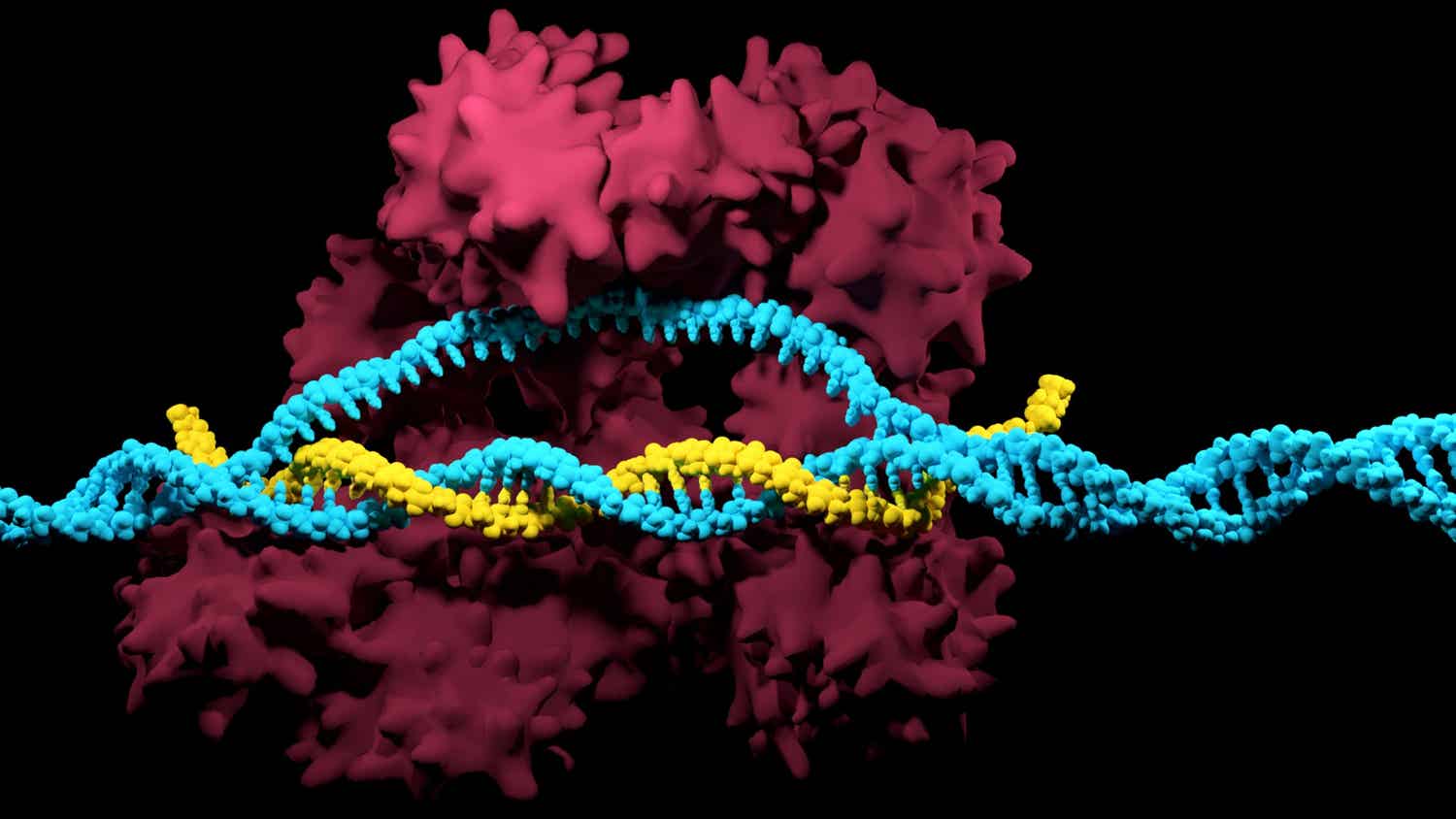
Breakthroughs in CRISPR 9 Technology: What’s Next for Gene Editing?-CRISPR 9 technology has made a huge impact in the world of genetics, revolutionizing the way we understand and manipulate DNA. Over the last decade, this gene-editing tool has shifted from a scientific curiosity to a powerful tool that promises to change the future of medicine, agriculture, and more. But what exactly is CRISPR 9 technology, and what breakthroughs have occurred? Let’s dive into the latest advancements and explore what’s next for this game-changing technology.
What is CRISPR 9 Technology?

CRISPR, which stands for Clustered Regularly Interspaced Short Palindromic Repeats, is a revolutionary tool that allows scientists to edit genes with precision. The “9” in CRISPR 9 refers to a specific protein, called Cas9, which is used to cut the DNA at targeted locations. This technology has been hailed as a major breakthrough because of its ability to “cut and paste” DNA in ways that were once thought impossible.
By harnessing the natural defense mechanism of bacteria, CRISPR 9 enables scientists to alter genetic sequences in living organisms. This ability has led to numerous applications, from treating genetic diseases to enhancing crops. It’s clear that CRISPR 9 is not just a passing trend; it’s a technology that could reshape the future of biology.
Recent Breakthroughs in CRISPR 9 Technology

In recent years, researchers have made incredible advancements in CRISPR 9 technology, pushing the boundaries of what’s possible in gene editing.
1. Precision and Accuracy Improvements
One of the biggest challenges of gene editing has always been ensuring precision and accuracy. Early versions of CRISPR 9 often caused unintended genetic changes, which could lead to harmful consequences. However, scientists have made significant strides in improving the precision of CRISPR 9 technology. New tools, such as “high-fidelity Cas9” proteins, have been developed to reduce off-target effects, allowing for more reliable and safe gene editing. (Read More: Biotechnology Breakthroughs: Leading the Fight Against Global Pandemics in 2024)
2. Advancements in Gene Therapy for Diseases
CRISPR 9 has shown great promise in the field of gene therapy. In recent years, researchers have used CRISPR to treat genetic diseases like sickle cell anemia, muscular dystrophy, and certain forms of blindness. In clinical trials, patients have seen significant improvements after being treated with CRISPR-edited cells.
For example, researchers have used CRISPR to modify blood cells in patients with sickle cell anemia, enabling their bodies to produce healthy red blood cells. This breakthrough offers hope for millions of people suffering from genetic disorders, paving the way for a future where genetic diseases could be treated or even cured.
3. Expanding Applications in Agriculture
While CRISPR 9 technology has primarily been associated with human genetics, its potential applications in agriculture are equally exciting. Scientists have used CRISPR to develop crops that are more resistant to disease, pests, and environmental stresses. These genetically edited crops could lead to higher yields and more sustainable farming practices, which are crucial for feeding a growing global population.
In 2024, for example, CRISPR has been used to create wheat varieties that are resistant to certain diseases, reducing the need for harmful pesticides. Similarly, gene-edited tomatoes with improved shelf life and nutritional value are being developed. These advancements could transform the agricultural industry, helping to address food security challenges worldwide. (Read More: Smart Technology Health Solutions: Improving Patient Care and Well-being)
Ethical Considerations and Concerns
Despite its immense potential, CRISPR 9 technology raises ethical questions that society must address. One of the main concerns is the possibility of creating “designer babies,” where genetic editing could be used to enhance traits such as intelligence or physical appearance. The potential for misuse is real, and regulatory frameworks will need to evolve to ensure that gene editing is used responsibly and ethically.
Another concern is the long-term effects of gene editing. While CRISPR 9 is a powerful tool, we still don’t fully understand the long-term consequences of altering DNA. The impact of gene editing on future generations, for instance, remains largely unknown. These concerns highlight the importance of conducting thorough research and establishing ethical guidelines to govern the use of CRISPR 9 technology. (Read More: New Technology Gadgets for Fitness: Enhancing Your Health and Wellness Journey in 2024)
What’s Next for CRISPR 9 Technology?

So, what’s on the horizon for CRISPR 9 technology? While we’ve already seen remarkable advancements, the potential of this gene-editing tool is far from fully realized.
1. Improved Delivery Methods
One of the biggest challenges researchers face with CRISPR is getting the gene-editing tools into the right cells. Current methods of delivering CRISPR components into cells often face challenges related to efficiency and safety. In the future, we can expect new and improved delivery methods, such as nanoparticles or viral vectors, that can carry CRISPR more effectively into target cells. This will expand the reach of CRISPR technology, enabling it to treat a wider range of diseases.
2. Ethical and Regulatory Frameworks
As CRISPR 9 continues to evolve, so too will the ethical and regulatory frameworks that govern its use. Governments, scientists, and ethicists will need to collaborate to establish guidelines that ensure the technology is used safely and ethically. This will involve ongoing debates about the boundaries of gene editing and how to balance innovation with caution.
3. Potential for Widespread Genetic Disease Treatment
Looking ahead, CRISPR 9 technology could open the door to widespread treatments for genetic diseases. As the technology matures and becomes more refined, we could see gene therapy become a mainstream option for people suffering from conditions that were once considered untreatable. With continued research, CRISPR might offer the ability to permanently cure genetic disorders, providing new hope for countless patients.
Conclusion article Breakthroughs in CRISPR 9 Technology: What’s Next for Gene Editing?
CRISPR 9 technology has already brought us to the brink of a new era in genetic science. From curing genetic diseases to creating more resilient crops, its potential is immense. However, as with any groundbreaking technology, there are ethical considerations and challenges that must be addressed. The future of CRISPR 9 is bright, and we are just beginning to scratch the surface of its possibilities. With continued innovation and careful oversight, this powerful tool could change the world in ways we can only imagine.




